
2022 was a year of breakdowns, here they are in order of their demise.
While we were at Sorrento I decided to clean the lenses of my sunglasses.
I was in the front seat of the Subaru at the time and as I was cleaning one the of the lenses popped out of the frame and vanished under the front seat.
I tried to retrieve it but the more I searched the further I pushed the lens beneath the seat.
I even asked the Subaru dealer if they could search for it when I next took it in for a service.
They say they looked but couldn’t find it, however I don’t believe they did and just put it into the ‘Too hard’ basket.
In the end I had to get two replacement lenses, as I was told that there would be an obvious colour difference if I only got one.
Just before we left to go on our trip to Europe, the heater in the Sandringham dishwasher stopped working.
We had no time to replace it and just had to put up with dishes that were washed but never dry.
This was in May and we didn’t get to replace it until October, when we returned.
We had to wait for over a week for it to be installed, with three attempts before they got it right.
Firstly, when the new machine arrived, it was found to be damaged and had to be returned to the warehouse.
Then, when the replacement arrived it was only accompanied by one guy. We needed two, as it had to be moved up two fights of stairs.
Two guys came with the first machine, why there was only one on the second delivery is a mystery.
Finally they sent out a technician and this time he was accompanied by a big burley guy who could have lifted the machine up the stairs on his own.
While we were in Europe we heard, via the people who were staying in our apartment, that the reverse cycle air conditioner had stopped working.
It wasn’t a small job as the main unit, that sits on the roof, needed to be replaced as did all the wall units.
From all accounts it was a bitterly cold winter in Melbourne, so it needed to be fixed quickly.
Fortunately Geoff, our tenant, works in the aircon business and through his contacts was able to get a new machine installed quickly and all at a very good price
While we were travelling with Ev, Steph and Aida in Portugal, Thea became ill.
She lacked energy and struggled to do some of the usual, touristy things. By the time we reached Granada in Spain, for Brianna’s Birthday, she was barely able to climb up a short flight of stairs.
Once we got to Barcelona, the last stop before flying to Rome for the son of a friend’s wedding, we decided that she should see a doctor.
The hotel was great and got us an English speaking doctor within a few hours.
After the doctor’s visit Thea was immediately sent to hospital and there diagnosed with Severe Anaemia. After four days of tests and blood transfusions she was discharged. But not before we had to pay a hefty fee for the hospital’s services.
As a result of this we missed the wedding, which had been originally planned for 2020, postponed to 2021and finally arranged for 2022.
There were associated expenses, that followed Thea’s hospital visit and this all mounted up to quite a lot.
Once we returned home we were then faced with the task of getting the travel insurance company to cough up.
They eventually did, which was a relief.
On our trip though England, Scotland, Ireland and Wales my small Sony RX 100 camera decided to stop working in Northern Ireland. It was a lost cause as I couldn’t take a shot or even get the camera to shut down.
Fortunately the memory card was still readable and I could download the shots that had already been taken.
I was then forced to use my full size Olympus camera with the associated three lenses. Even though it is a relatively small camera, the entire package weighs a bit and I had a sore back for a few days.
Not long after we returned home and settled back into our apartment the washing machine gave up the ghost.
We had to wait two weeks because Miele wouldn’t allow their installer to put our old Bosch dryer, which was still ok, onto their new machine.
Basically they wanted us to buy a new dryer.
We went back to where we purchased the machine and got their installers to do the job.
The actual installation was a nightmare, as the installers weren’t permitted to do anything mechanical, apart form connect the new machine.
They wouldn’t remove the dryer, from on top of the old washing machine, as this would require removing two screws. In the end I unscrewed the dryer and showed them that it was now free from the old washer.
They reluctantly removed the dryer, installed the new machine and put the old dryer back.
Even then there were still issues.
Once they wheeled the old machine down to the garage and started to load it onto their truck they discovered that it still had water in the drum.
They then refused to take it away and suggested that I would need to get the council to remove it.
I then pointed out to them that the machine was standing right in front of a drain, in the garage floor and all they had to do was open the washer’s door and tip the water out.
Some sense prevailed and they finally took it away.
But that wasn’t the end of it.
Once we looked at the installation of the new machine we realised that it had been connected to the hot water tap, not the cold, as it should be.
We had to then get them back again.
I try and do the right thing and back-up my computer on a weekly basis.
I use two drives, just to be sure, which is fortunate as the newest drive, a Western Digital, which was still under warranty, stopped working.
We then had fun getting the money back form Office Works. They wanted the old drive returned, which I wasn’t willing to do, until I had removed all the back-up files.
Not that easy when I couldn’t even see the drive on my Mac.
Fortunately Thea managed briefly to see it on her PC and wiped the disk clean.
Then the Subaru had a flat tyre which couldn’t be repaired and had to be replaced.
And finally, just to end the year, Thea picked up her second dose of Covid and that was after she had already had five vaccinations.
Apart from losing confidence in things mechanical, I have also lost faith in the people who install them.
This has certainly been a year of ups and downs.
The (break)downs are listed above but the ups were most certainly the trip to Europe and catching up with Hayden, Andrea and Brianna in Berlin. As well as the wonderful two weeks we spent with Ev, Steph and Aida in Portugal and then Briana’s birthday celebrations in Granada.
It was very special to see the two cousins Brianna, aged 3 and Aida, 18 months, meet and start a friendship.
There was also all the other travelling we did to Switzerland to see Denis and then the month and a half driving around England, Scotland Ireland (North and South) and Wales.
These adventures will be the subject of further blogs this year – that’s when I actually get around to doing something about them and assuming that nothing breaks down.

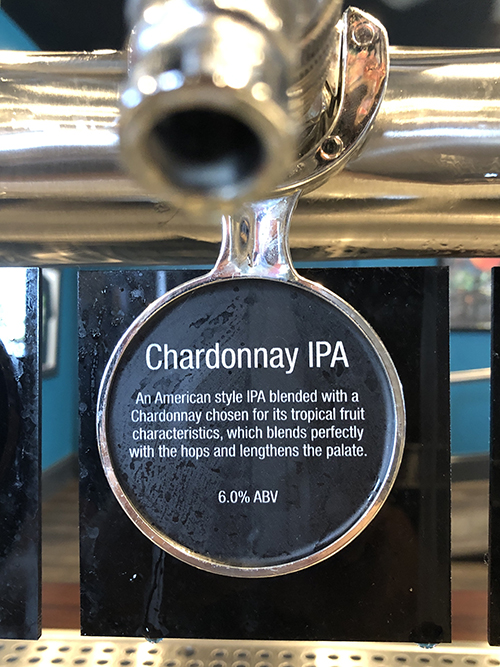








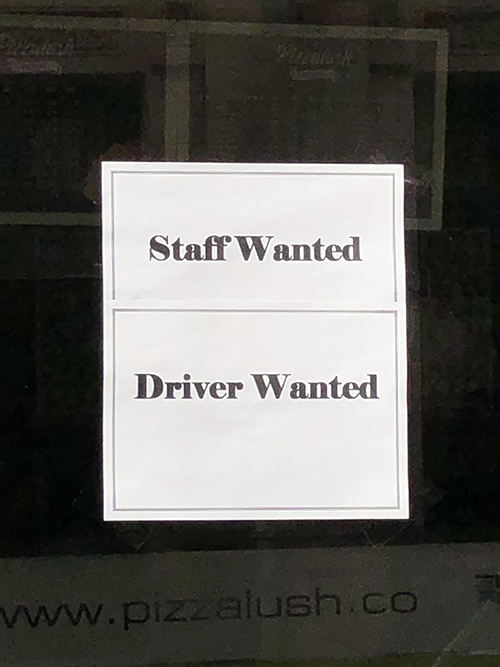


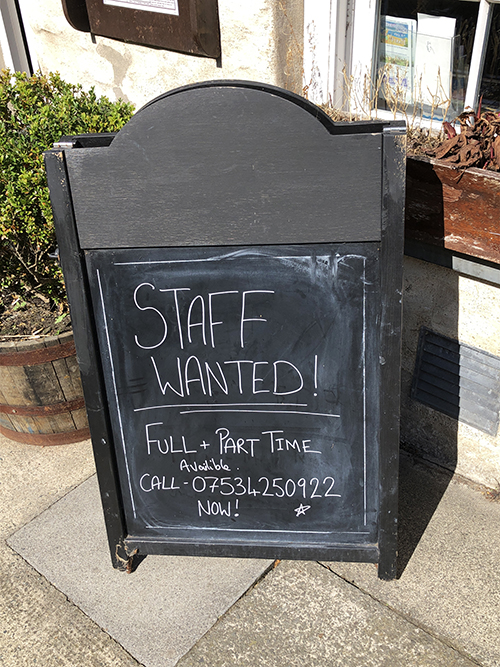

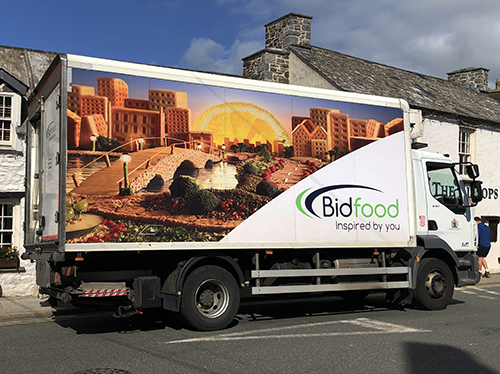
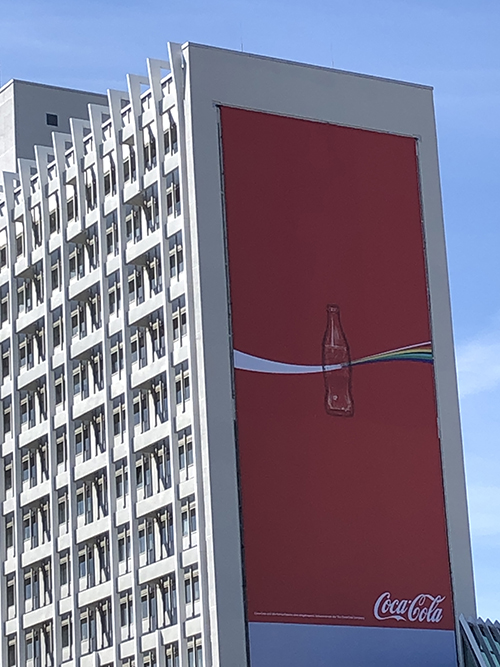
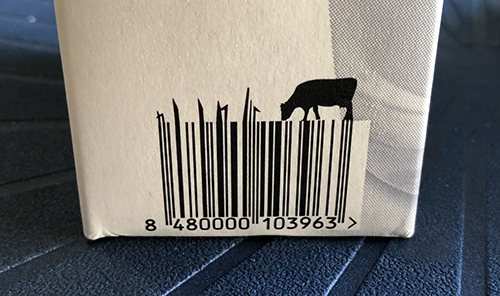










Whatever happened to original architecture?
Wednesday, April 26th, 2023In domestic architecture the ‘Hampton Style’ is popping up all over Australia, even in Hampton, here in Melbourne.
But it’s not from here.
The current iteration comes from The Hamptons, on the East Coast of Long Island in New York.
Even this style was influenced by Colonial India.
The Indian Bungalow, known as a ‘Bangla’ originated in Bengal between the 1760s and 1850s and was developed to house British colonial officials.
This style was first introduced into Australia in the 1840s and became known as the ‘Queenslander’.
In the past, the United States had Frank Lloyd Wright (1867-1959) and Australia had Robin Boyd (1919-1971). However in the last 50 years, no one seems to have stepped up to leave their mark on domestic architecture.
I have always bitched about the lack of originality, especially in the US.
However now we seem to have adopted their boring approach of just copying the past.
Posted in Architecture, Comment, Grumbling | No Comments »